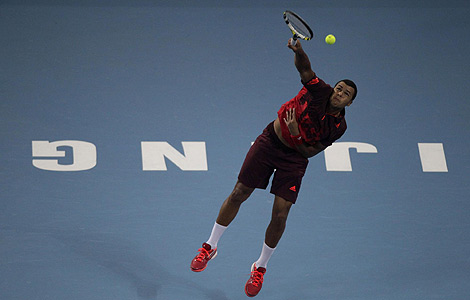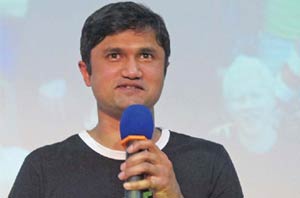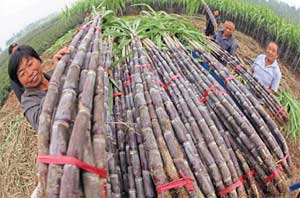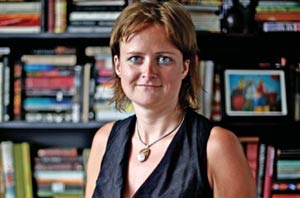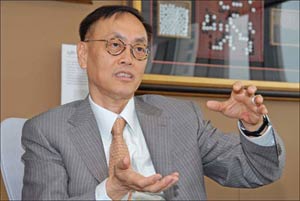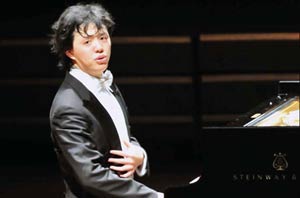Ridiculed work wins Nobel for Israeli
Updated: 2011-10-09 08:56
(China Daily)
|
|||||||||
|
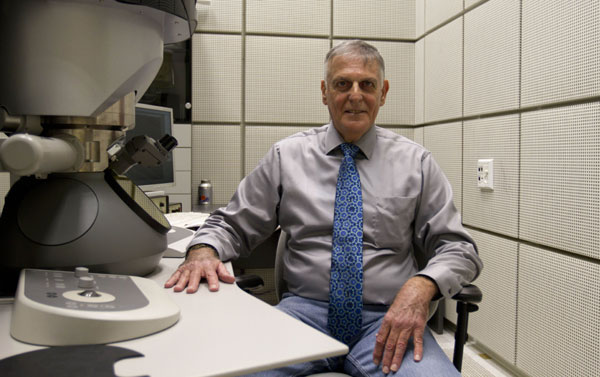 |
|
Israeli scientist Dan Shechtman said he was "excited" by the Nobel Prize but at pains to praise fellow scientists, many of whom once doubted him.[Photo/Agencies]
|
Three decades after Dan Shechtman looked with an electron microscope at a metal alloy and saw a pattern familiar in Islamic art but then unknown at a molecular level, those non-stick, rust-free, heat-resistant quasicrystals are finding their way into tools from LEDs to engines and frying pans.
Shechtman, 70, from Israel's Technion institute in Haifa, was working in the United States in 1982 when he observed atoms in a crystal he had made form a five-sided pattern that did not repeat itself, defying received wisdom that they must create repetitious patterns, like triangles, squares or hexagons.
"People just laughed at me," Shechtman recalled in an interview this year with Israeli newspaper Haaretz, noting how Linus Pauling, a colossus of science and double Nobel laureate, mounted a frightening "crusade" against him, saying: "There is no such thing as quasicrystals, only quasi-scientists."
After telling Shechtman to go back and read the textbook, the head of his research group asked him to leave for "bringing disgrace" on the team.
"I felt rejected," Shechtman remembered.
"His discovery was extremely controversial," said the Nobel Committee at the Royal Swedish Academy of Sciences, which granted him the 10-million crown ($1.5-million) award.
"Dan Shechtman had to fight a fierce battle against established science ... His battle eventually forced scientists to reconsider their conception of the very nature of matter.
"In quasicrystals, we find the fascinating mosaics of the Arabic world reproduced at the level of atoms: regular patterns that never repeat themselves."
A prize for thousands
On Wednesday after the prize announcement, Shechtman said he was "excited" but at pains to praise fellow scientists, many of whom once doubted him.
Nancy Jackson, the president of the American Chemical Society (ACS), called it "a great work of discovery".
Scientists had previously thought solid matter had only two states - crystalline, like diamonds, where atoms are arranged in rigid rows, and amorphous, like metals, with no particular order. Quasicrystalline matter offers a third possibility and opens the door to new kinds of materials for use in industry.
Sometimes referred to as Shechtmanite in the discoverer's honor, hundreds of quasicrystals have been synthesised in laboratories. Two years ago, scientists reported the first naturally occurring find of quasicrystals in eastern Russia.
David Phillips, president of Britain's Royal Society of Chemistry, called them "quite beautiful". Interlocking arrays of stars, circles and floral shapes are typical.



